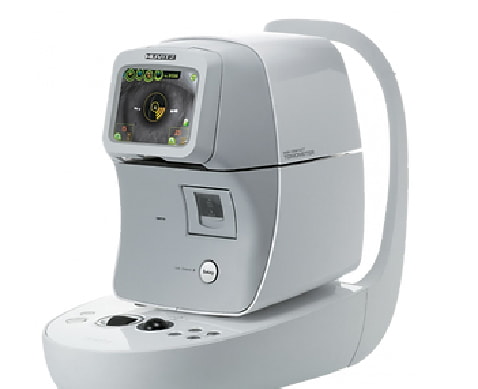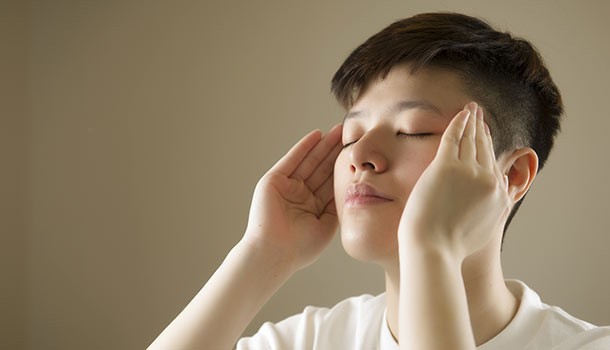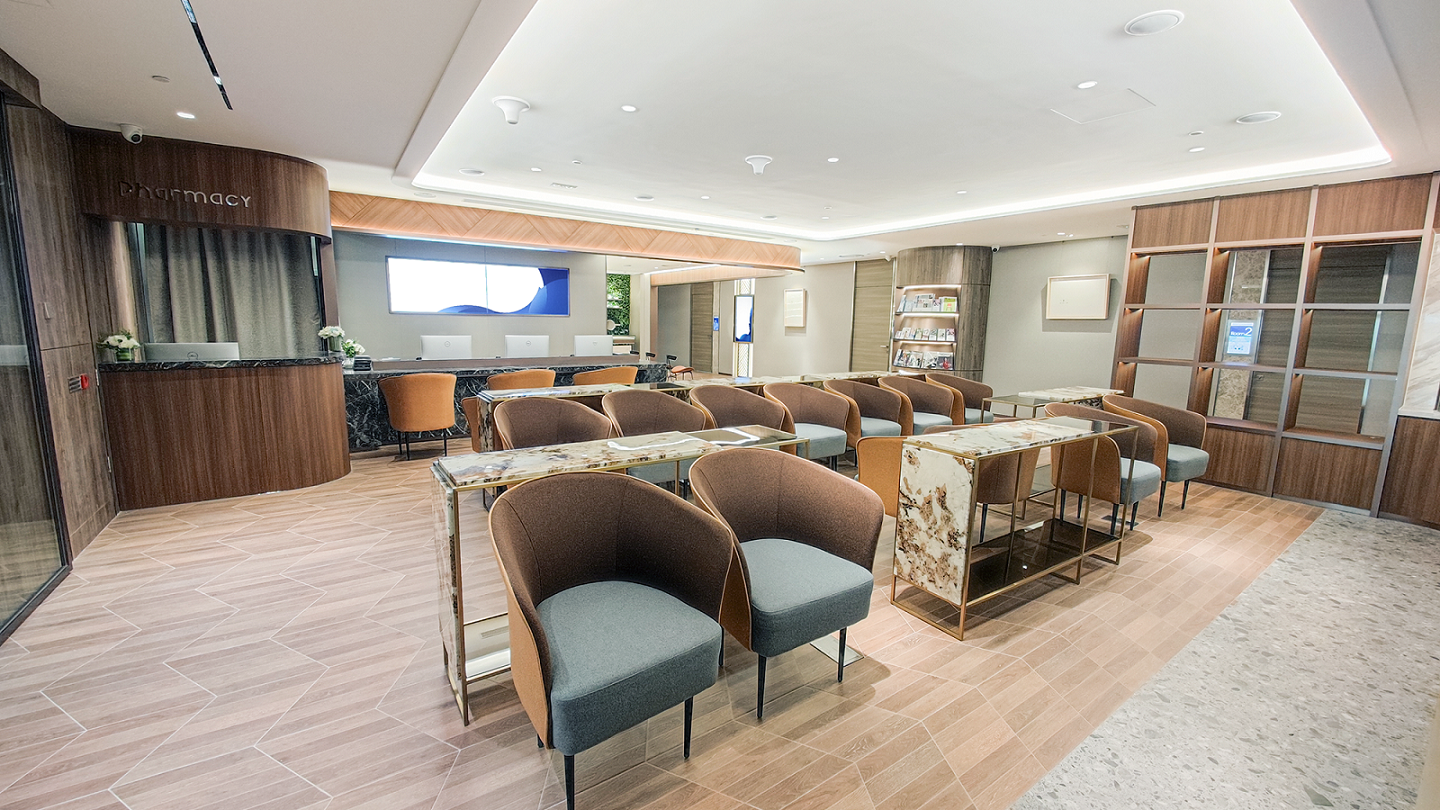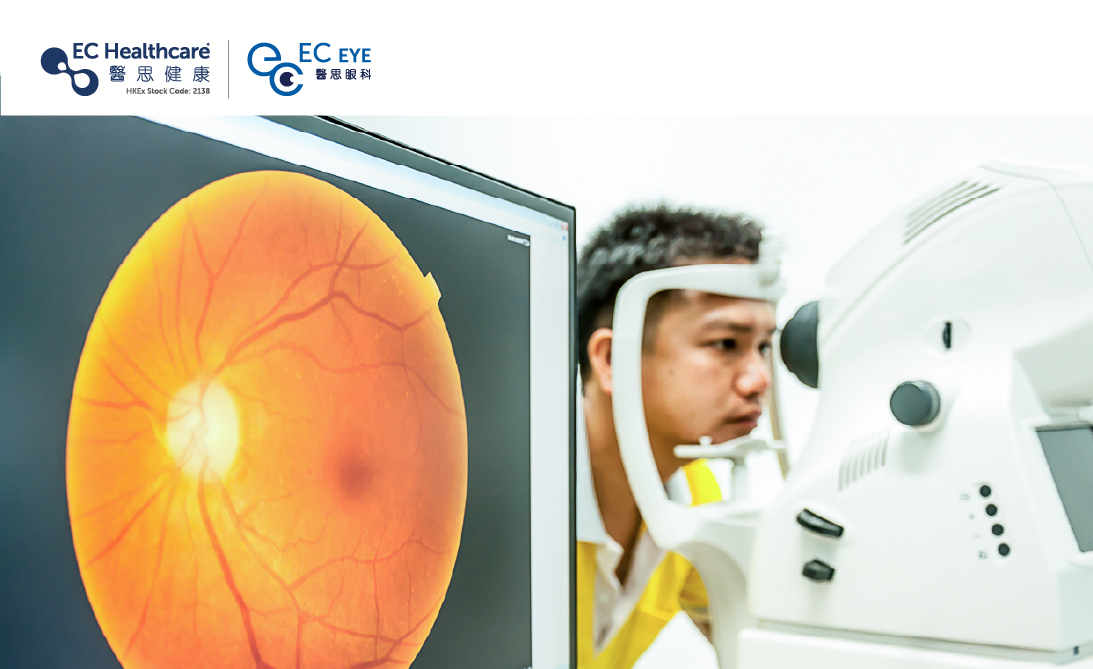From High Eye Pressure to Glaucoma: The Risk You Can't Afford to Ignore
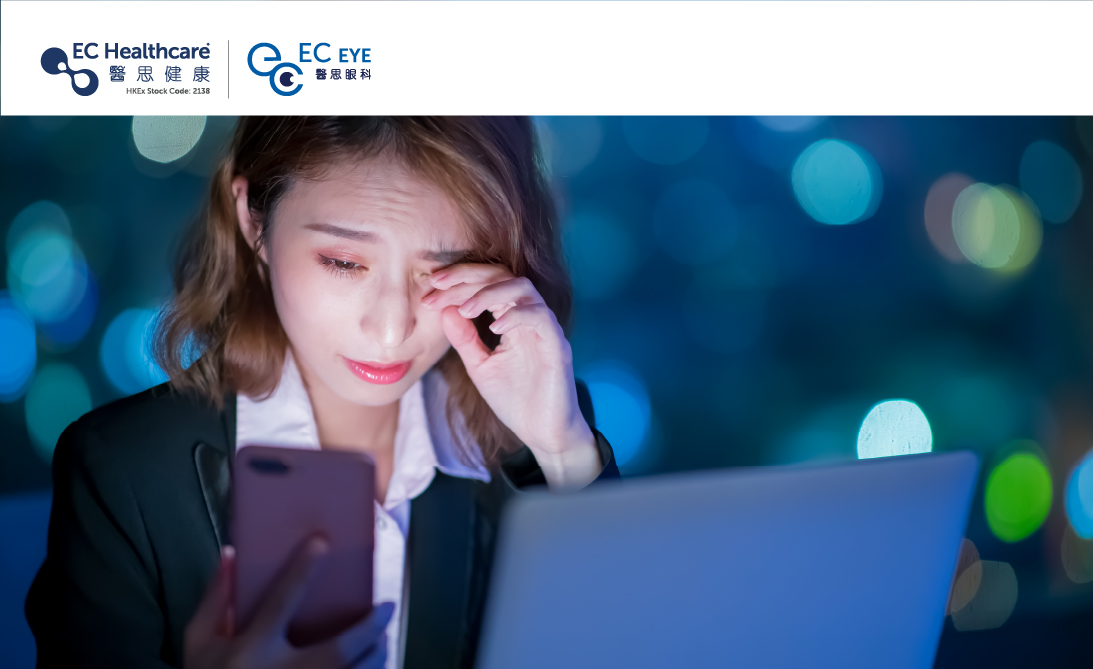

Many of us are unaware of the risks associated with high eye pressure. When we use electronic devices such as computers or mobile phones for a long time, we often experience eye soreness or even blurred vision. These symptoms are usually eyestrain due to excessive use and have nothing to do with high eye pressure.
True high eye pressure usually has mild symptoms at the early stage. However, if we ignore it and delay receiving check-ups and treatment, our eyes may remain under high pressure for a long time, which can compress the optic nerve and lead to vision loss. In this blog, we’ll explain everything you need to know about high eye pressure to help you stay informed and prevent this hidden threat.
What is high eye pressure?
The eye is filled with a fluid called aqueous humour, which helps maintain its shape and pressure. If there is an imbalance in the production and drainage of aqueous humour, the eye pressure will increase. When the eye pressure exceeds the normal range, it’s called high eye pressure. According to clinical statistical data, the normal range of eye pressure is between 10-20 mmHg (millimetres of mercury), and a pressure greater than 20 mmHg is considered high.
Eye pressure, similar to blood pressure, can change throughout the day. As the secretion rate of aqueous humour can vary, there may be fluctuations in eye pressure of 2-6 mmHg within a day. However, if the difference in eye pressure between the two eyes is greater than 4mmHg or if there is significant fluctuation, it could be a sign of glaucoma since high eye pressure is one of the main risk factors for glaucoma.
The main symptoms of glaucoma include blurred vision, eye pain, a feeling of pressure in the eyes, and narrowed vision. It’s a slowly progressive eye disease that damages the optic nerve and can lead to vision loss or blindness. Yet, high eye pressure does not necessarily lead to glaucoma as some people have high eye pressure without ever developing glaucoma.
High eye pressure is not exclusive to a particular age group or gender but often affects certain groups of people, including:
Older adults: The drainage system in our eyes will become less effective as we age, leading to a higher chance of high eye pressure.
People with high myopia: The shape of a near-sighted eyeball can increase eye pressure.
People with a family history of high eye pressure: Genetics may affect the eye’s drainage system, leading to high eye pressure.
Individuals with diabetes or high blood pressure: These diseases may affect the blood vessels and nerves inside the eyes, leading to elevated eye pressure.
Individuals using steroid eye drops: Steroids may increase eye pressure.
How can I prevent and treat high eye pressure?
The symptoms of glaucoma may not be noticeable at the early stage. So, it’s recommended to have an eye pressure test at least once a year and a comprehensive eye exam every two years. This can detect and treat high eye pressure early and prevent glaucoma and its progression. The methods of measuring eye pressure are mainly divided into:
Applanation tonometry: This test measures the amount of force needed to flatten a part of the cornea.
Indentation tonometry: This test measures the degree of indentation or deformation of the eyeball after the cornea is subjected to a fixed force.
Non-contact tonometry: This test does not directly contact the patient's eyes, which can reduce discomfort and avoid disease transmission and allergy issues. The process is simple and fast as well.
The principle of non-contact tonometry is to use a puff of air to hit the cornea. The force will gradually increase and cause the cornea to flatten or even slightly indent. Although this method is convenient, it’s more likely to be affected by the corneal thickness. It may overestimate the eye pressure for people with a thicker cornea and underestimate the eye pressure for those with a thinner cornea (such as people who have had LASIK surgery for myopia).
For people diagnosed with high eye pressure, doctors may recommend the following treatments:
Medication: Eye drops or oral pills can help reduce the secretion of aqueous humour and promote its drainage, hence lowering eye pressure.
Laser treatment: This method can facilitate the drainage of aqueous humour, hence lowering eye pressure.
Surgery: If the above two treatments cannot manage your eye pressure, your doctor may recommend surgery such as small incision surgery and filtration surgery to lower eye pressure.
Apart from receiving treatment, you should also revise your lifestyle and dietary habits to help manage eye pressure, such as:
Get enough sleep: Insufficient sleep will elevate your eye pressure. So, you should avoid staying up late at night.
Eat healthily: Maintain a healthy diet and avoid irritating, oily and sugary foods.
Reduce caffeine and alcohol intake: These substances will elevate your eye pressure.
Build a fitness routine: Exercising moderately can help reduce eye pressure.
Manage diabetes and high blood pressure: These conditions can lead to high eye pressure, therefore should be managed properly.
The eyes are one of the most crucial sensory organs in our body, so we should take good care of them. To maintain our eye health, it’s important to understand the risks associated with high eye pressure, receive timely examination and treatment, and revise your lifestyle and dietary habits to prevent high eye pressure and glaucoma. If you have doubts regarding high eye pressure or other eye problems, consult a professional eye doctor for accurate diagnosis and prompt treatment.
Related Brands

